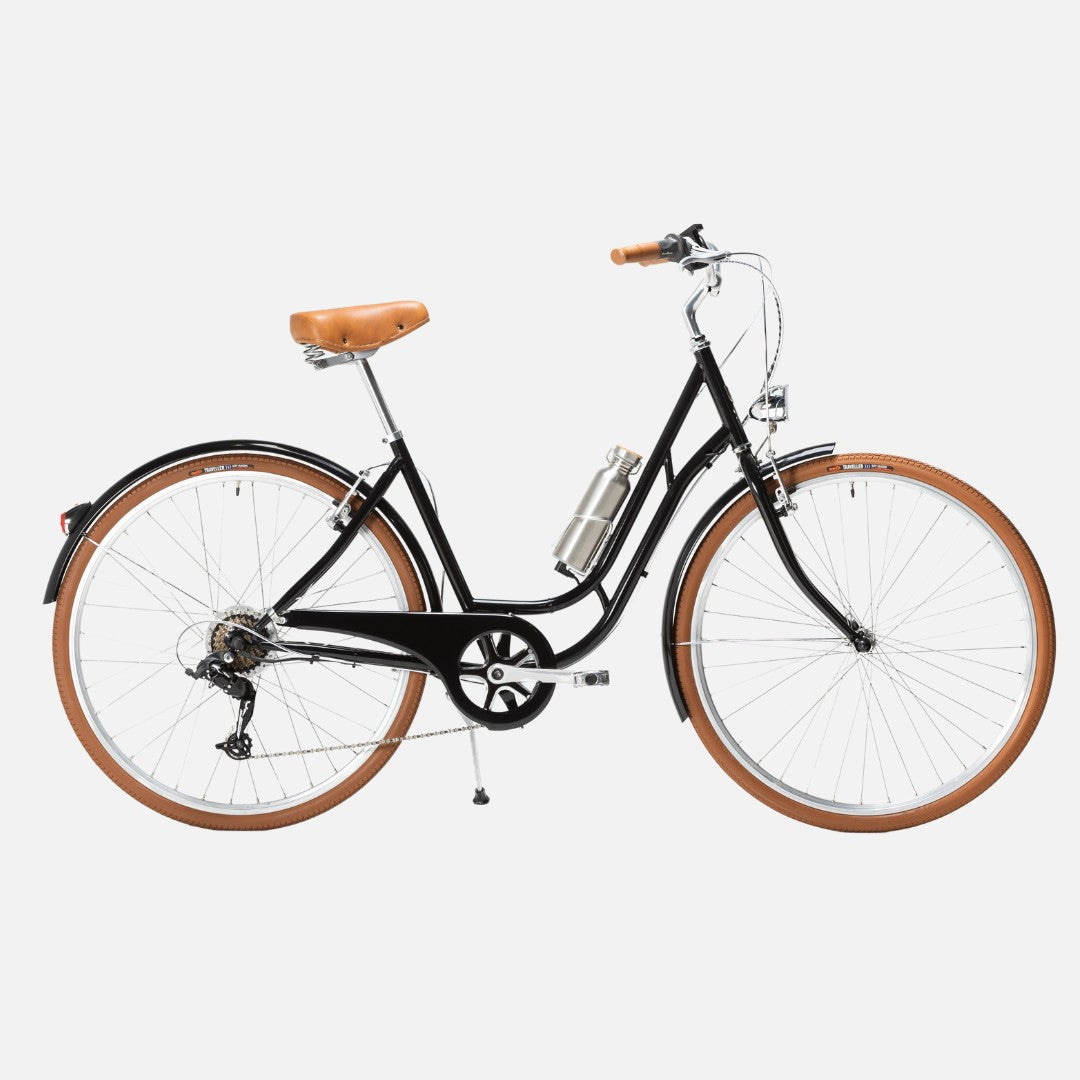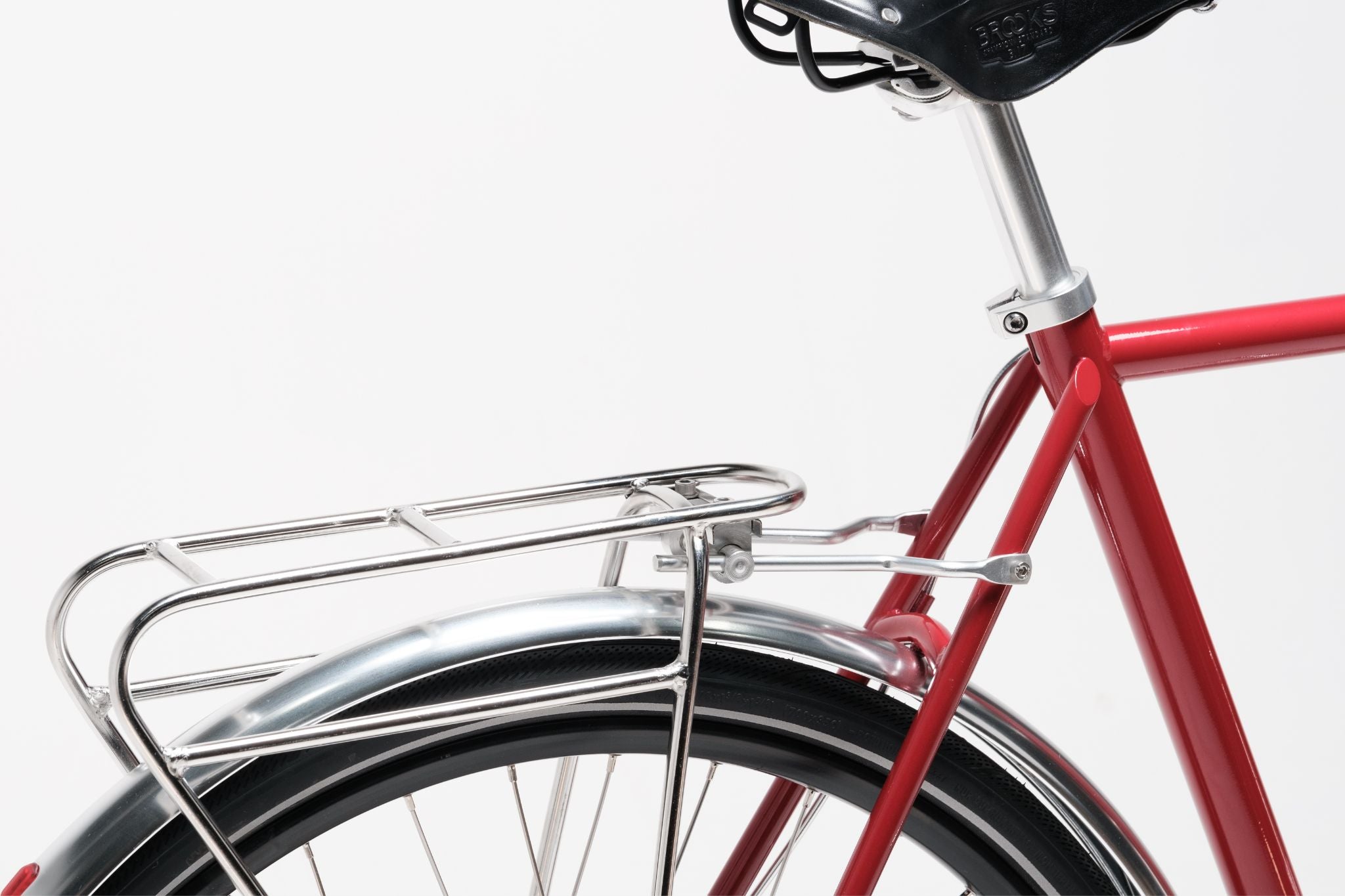What is the 15-minute city? Experts incorporate this proposal into smart cities. Paris has emerged as the paradigm of this new urban model in which citizens have all essential services at their disposal in less than a quarter of an hour by bike or on foot. The streets of central Paris used to be synonymous with eternal traffic jams, but now they have become a wonderful path for pedestrians and cyclists. It is "the city of 15 minutes".
Quarter-hour cities make available to the pedestrian or cyclist seven basic urban social functions that every happy citizen needs, including work, access to health, education or culture, but also relaxation in harmony with nature.
In 2050, nearly two thirds of the world's population will live and work in cities. Faced with this increase in population density, many cities are rethinking their mobility. Cycling and public transport play central roles.
The idea is not to systematically build new specific infrastructures. Rather, it is about transforming existing places so that they can serve several activities and not just one. The space occupied by the car in the city is immense and the question is inevitable: what if we could use this space for other things?

The phenomenon is global. Portland has almost 650 kilometres of cycleways and nearly 200 kilometres of "greenways" (residential streets that give priority to pedestrians and bicycles). Milan recently announced that it was going to rethink urban rhythms and has already started work. Barcelona has an extensive network of no-vehicle streets. Melbourne has been working to build a "20-minute city" and Germany has a bike lane network that is - along with networks in other northern European countries - the ideal of cycling mobility.
The "15-minute city" can also be seen as a form of "post-traumatic urbanism", as writer Dan Hill described the way of rebuilding after violent times marked by property speculation, mass tourism and, now, pandemic.







